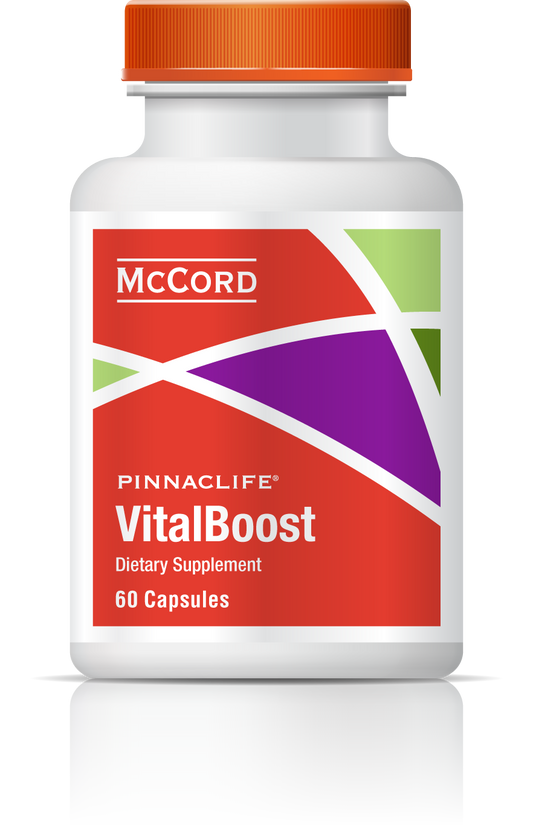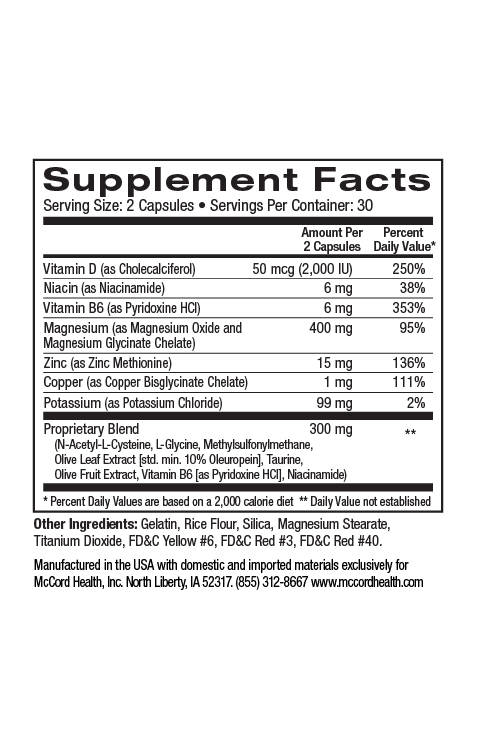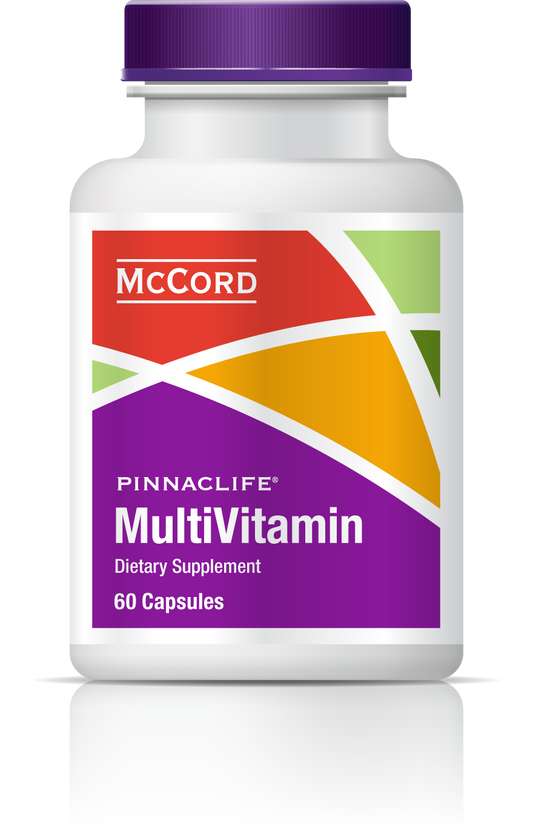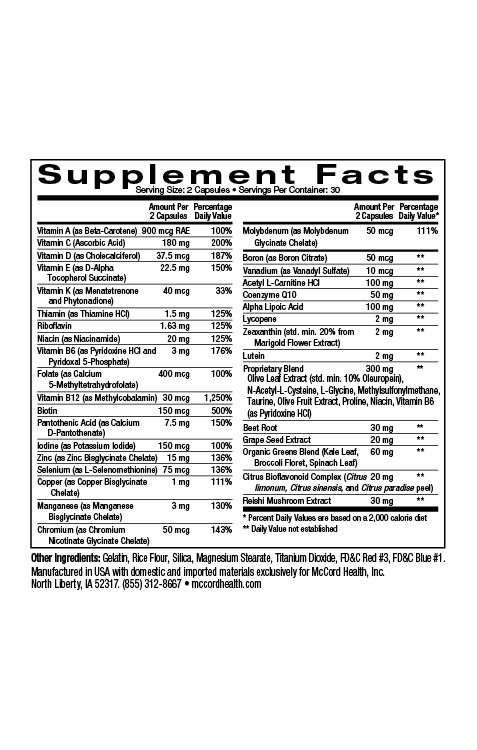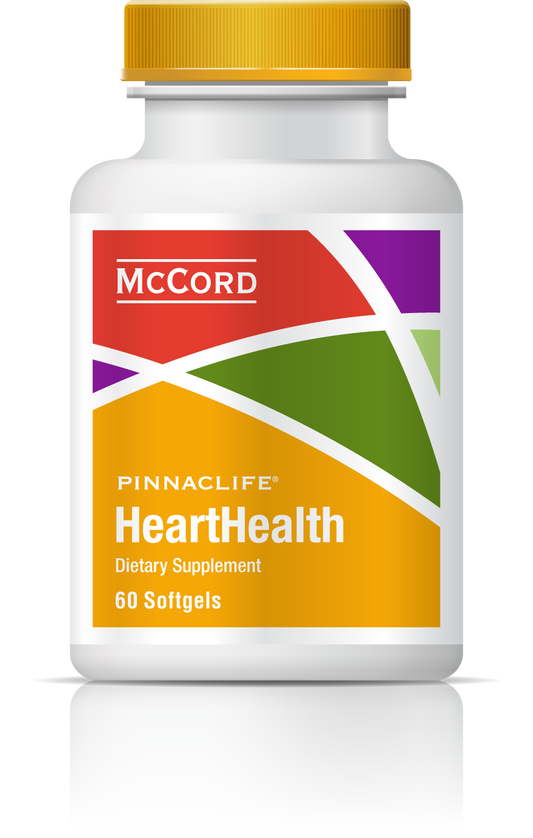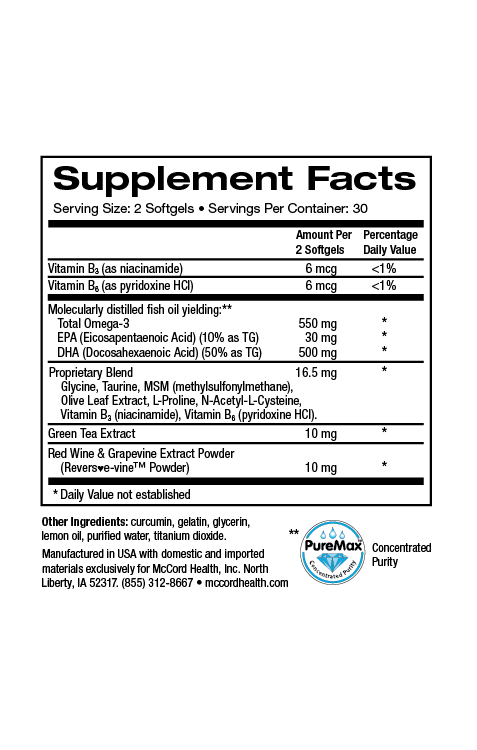Radiation dermatitis is an acute skin reaction to radiation therapy that ranges from a mild rash to skin ulceration. Nearly two-thirds of all cancer patients receive radiation therapy. Although many technological advances have resulted in improved treatment protocols, skin damage is still a common side effect of radiation therapy. Radiation dermatitis, induced by ionizing radiation, affects a large proportion (up to 95%) of patients receiving this type of cancer therapy.
The severity of radiation dermatitis is dependent upon treatment factors including the total radiation dose, the schedule of dosing, the type and quality of beam utilized, and the volume and surface area of the irradiated tissue, as well as patient physical factors such as nutritional status, skin quality and integrity, or physical condition including obesity with skin folds.
Health conditions and immune status or genetics can also increase the severity of radiation dermatitis such as immunosuppression due to diabetes or chemotherapy, or autoimmune diseases including lupus erythematosus (SLE). In addition, certain medications known as “radiosensitizers” can increase skin reactions due to radiation therapy. Furthermore, skin changes and symptoms due to radiation therapy including inflammation, pain, itching and burning can result in alterations or cessation of therapy leading to significant health consequences.
Viniferamine® skin and wound care products include ingredients that help decrease inflammation (and the itching that is associated with inflammation) including the beneficial polyphenols oleuropein, resveratrol, and epigallocatechin-3-gallate (EGCG) from olives, grapes, and green tea, respectively, as well as the important small molecules, melatonin, and L-glutathione. In addition, dipotassium glycyrrhizate from licorice, avenanthramides in oats, aloe vera and shea butter have also been shown to possess anti-inflammatory activities.
Radiation exposure interferes with normal skin maturation, proliferation and renewal by damaging skin cell DNA as well as epidermal stem cells. In addition, inflammation amplifies the skin response to radiation by inducing endothelial dysfunction in vasculature and by increasing cytokine and growth factor production including transforming factor beta (TGF-beta) resulting in delayed epithelialization. TGF-beta is also the main cytokine involved in the development of chronic radiation dermatitis and skin fibrosis. Moreover, endothelial dysfunction resulting from radiation exposure contributes to compromised epidermis, impaired skin repair and wound healing.
In an important study, oleuropein was found to restore endothelial progenitor cell function. In other studies, resveratrol and EGCG have been shown to inhibit endothelial dysfunction and enhance wound healing. In addition, many other ingredients found in Viniferamine® skin and wound care products are helpful for individuals managing radiation dermatitis, including L-glutathione, asiaticoside and aloe vera that help improve skin repair and wound healing.
During radiation exposure, skin damage occurs instantaneously, due to a burst of generated free radicals known as reactive oxygen species (ROS) that can cause oxidative stress. In response to radiation and oxidative stress, oxidative defense enzymes are activated including superoxide dismutase (SOD). Radiation also damages skin vasculature (including capillaries) and induces vascular permeability and vasodilation leading to erythema and edema. Direct affects of radiation and ROS on endothelial cells result in endothelial dysfunction, activation of the coagulation system, inflammation and tissue remodeling.
Many of the ingredients found in Viniferamine® skin and wound care products counteract oxidative stress typically found with radiation dermatitis including oleuropein, resveratrol and EGCG, as well as melatonin and L-glutathione. Some of the beneficial ingredients found in Viniferamine® skincare products activate natural antioxidant enzymes that promote skin healing including SOD. In fact, in a study where manganese SOD (MnSOD) was deactivated, oleuropein was able to induce MnSOD activity. Furthermore, resveratrol has been shown to increase SOD in human skin fibroblasts.
Skin that has been exposed to radiation treatment is very sensitive and should be protected from sun exposure. Sunscreens, chlorine and other potentially irritating substances and treatments should be avoided including artificial fragrances, deodorants, hot water baths, soaps and harsh cleansers. Viniferamine® Clean N Moist is a specialized non-soap cleanser that is very gentle. Clean N Moist is perfectly pH balanced to ensure the most fragile skin is gently cleansed without causing irritation.
Viniferamine® skin and wound care products include ingredients that also help improve the barrier function of skin to strengthen and protect skin. Oleuropein has been shown to increase barrier function and melatonin has been shown to have a stimulatory role in building and maintaining the epidermal barrier. Moreover, the sophisticated silicone complex in Viniferamine® Silicone Barrier and Clean N Moist provides a breathable barrier to protect skin and promote skin repair. In fact, Silicone Barrier is an advanced 34% silicone cream that provides a “second skin” for patients that have compromised epidermis.
A consistent care regimen is essential in the management of radiation dermatitis. Viniferamine® skin care products contain vital skin nutrients to help reduce inflammation, normalize the skin barrier function and promote cell renewal. Certified organic and pharmaceutical-grade ingredients ensure that pesticides and contaminants are excluded. In fact, Viniferamine® skin and wound care products are non-sensitizing and non-irritating, and help protect sensitive skin.
About the author: Nancy Ray, PhD is the Science Officer at McCord Research. Dr. Ray received her PhD in Biochemistry and Biophysics and was a postdoctoral fellow at NIH, Harvard University and Dana-Farber Cancer Institute, and the University of Iowa. She also earned bachelor of science degrees in Chemistry and Microbiology.
References
- Am J Health-Syst Pharm 2013; 70: 1025-1032.
- Integr Cancer Ther 2014; 13: 38-45.
- J Clin Oncol 2008; 26: 2085-2092.
- J Invest Dermatol 2012; 132: 985-993.
- Curr Oncol 2010; 17: 94-112.
- BMC Cancer 2014; 14:1-19.
- Semin Oncol Nurs 2011; 27: e1-e17.
- J Am Acad Dermatol 2006; 54: 28-46.
- Radiother Oncol 2002; 63: 129-145.
- Int J Cosmet Sci 2008; 30: 113-120.
- FASEB J 2013; 27: 2742-2755.
- Int J Mol Sci 2014; 15: 18508-18524.
- Diab Vasc Dis Res 2014; 11: 92-102.
- Oxid Med Cell Longev 2012; ID 560682:1-8.
- J Pineal Res 2013; 55: 325-356.
- Int J Gen Med 2011; 4: 105-113.
- Evid Based Complement Altern Med 2012; ID 650514:1-9.
- Br J Gen Pract 1999; 49: 823-828.
- Arch Derm Res 2008; 300: 569-574.
- J Oleo Sci 2010; 59: 273-280.
- Ann Plast Surg 2007; 58: 449-455.
- PLOS One 2015; 10: e0115341: 1-18.
- Exp Dermatol 2008; 17: 713-730.
- J Biol Regul Homeost Agents 2014; 28: 105-116.
- Hypertension 2013; 62: 359-366.
- Phytomed 2013; 20: 1088-1094.
- Diabetes Vasc Dis Res 2015; 12: 208-216.
- Am J Physiol Endocrinol Metab 2013; 305: E1444-E1451.
- ISRN Endocrinol 2014; ID 816307:1-8.
- J Am Acad Dermatol 2005; 52: 1049-1059.
- Phytother Res 1999; 13: 50-54.
- Ethnopharmacol 1998; 59: 179-186.
Disclaimer: These statements have not been reviewed by the FDA. The decision to use these products should be discussed with a trusted healthcare provider. The authors and the publisher of this work have made every effort to use sources believed to be reliable to provide information that is accurate and compatible with the standards generally accepted at the time of publication. The authors and the publisher shall not be liable for any special, consequential, or exemplary damages resulting, in whole or in part, from the readers’ use of, or reliance on, the information contained in this article. The publisher has no responsibility for the persistence or accuracy of URLs for external or third party Internet websites referred to in this publication and does not guarantee that any content on such websites is, or will remain, accurate or appropriate.
